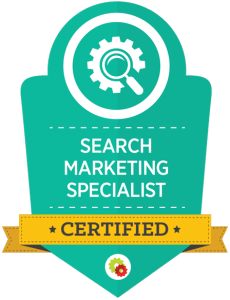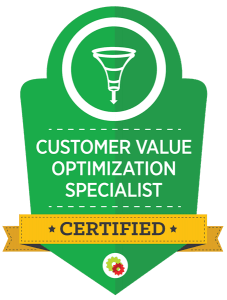SEM - Search Engine Marketing
Elevate Your Visibility with Search Engine Marketing (SEM)








From Clicks to Conversions: Mastering the Art of SEM
Your business deserves the spotlight it needs to thrive in the digital age. Enter the Search Engine Marketing (SEM) world, where your online presence takes center stage. Harness the power of SEM to drive targeted traffic, boost conversions, and amplify your brand’s reach.
At Marketing By Ali, we’re not just SEM experts but your strategic partners in conquering the digital landscape. Our comprehensive SEM solutions are designed to propel your business to new heights, ensuring that your message is heard by the right audience at the right time.
Endorsements
Why SEM Matters
In today’s fast-paced digital world, where billions of searches are conducted daily, SEM is the compass that directs potential customers to your virtual doorstep. It’s the art and science of positioning your business at the top of search engine results pages (SERPs), where visibility meets opportunity.
SEM encompasses a spectrum of strategies, including Pay-Per-Click (PPC) advertising, keyword optimization, ad campaigns, and much more. The bridge connects you to your audience when they most need your products or services.


What Sets Us Apart
Partnering with Marketing By Ali means embracing SEM excellence:
✓ Strategic Insights: Our SEM strategies are rooted in data-driven insights and market research, ensuring every move is calculated for success.
✓ ROI-Focused: We don’t just generate clicks; we drive conversions. Our SEM campaigns are meticulously crafted to maximize your ROI (ROI).
✓ Customized Solutions: No two businesses are the same. Our SEM solutions are tailored to your unique goals, budget, and audience.
✓ Transparency: We believe in clear communication and transparency. You’ll always know where your marketing dollars are going and how they perform.
Our SEM Services
Discover the SEM services that can transform your online presence:
- Keyword Research and Optimization: We uncover the keywords that matter most to your business and optimize your content to rank higher on search engines.
- PPC Advertising: Craft compelling PPC campaigns that drive instant, qualified traffic to your website, delivering immediate results.
- Ad Campaign Management: From ad creation to campaign optimization, we handle it all to ensure your ads perform at their peak.
- Landing Page Optimization: Ensure your landing pages are primed for conversions, capturing leads and turning them into customers.
- Competitor Analysis: Stay one step ahead by analyzing and outperforming your competitors in the digital arena.

Let's Get Started
Don’t let your business remain in the shadows. Step into the limelight with SEM strategies that work. Contact Marketing By Ali today, and let’s embark on an SEM journey that will elevate your brand, drive results, and lead you to digital success.





